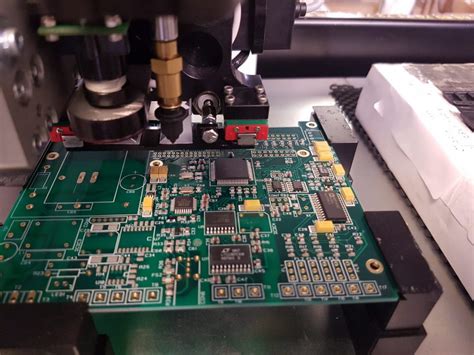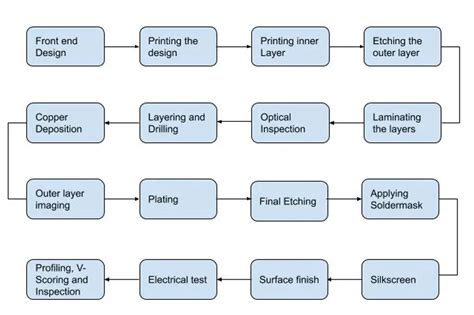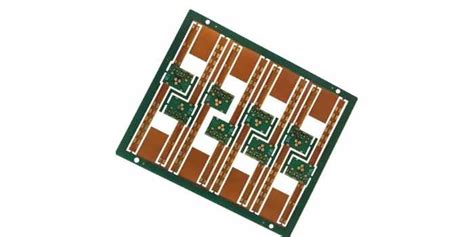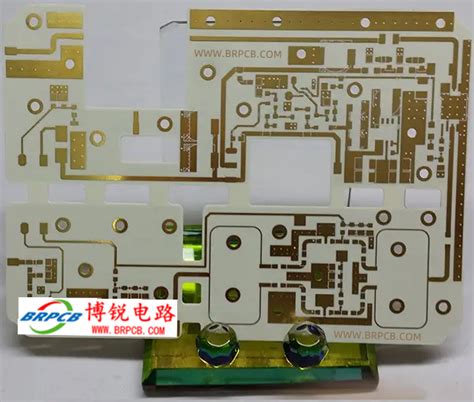Innovative Solutions in SMT Assembly Companies Today
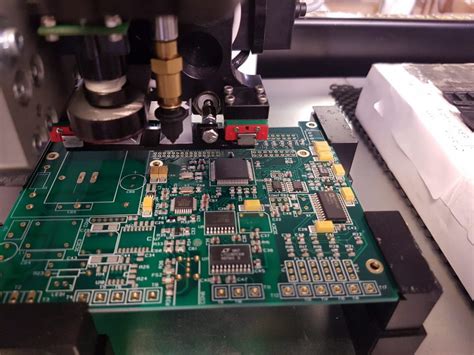
Key Takeaways
In the rapidly evolving landscape of SMT assembly companies, staying abreast of the latest trends and technologies is paramount. Today, the integration of advanced automation and cutting-edge robotics significantly enhances the efficiency of pcb assembly processes, enabling manufacturers to meet growing demands while maintaining high standards of quality. Moreover, cost reduction strategies such as optimizing material usage and minimizing waste play a vital role in making pcba more economically viable. Notably, the advent of data analytics has revolutionized how companies monitor performance metrics and identify areas for improvement in their operations. As sustainability becomes increasingly important, many SMT assembly companies are adopting eco-friendly practices that not only reduce their environmental footprint but also enhance their market appeal. The continuous innovation within this sector is paving the way for a more streamlined and efficient approach to electronic manufacturing, ensuring that these advancements will shape the industry for years to come.

Introduction to SMT Assembly: The Backbone of Electronic Manufacturing
Surface Mount Technology (SMT) assembly plays a pivotal role in the realm of electronic manufacturing, acting as the backbone that supports the production of complex electronic devices. This process involves mounting electronic components directly onto the surface of printed circuit boards (PCBs), leading to streamlined production and efficient use of space. The pcb assembly process is crucial for achieving high levels of productivity and accuracy in manufacturing pcba (printed circuit board assembly).
The demand for more compact and efficient electronic products has prompted SMT assembly companies to adopt innovative technologies that enhance operational efficiency and product quality. By integrating advanced equipment and automation, these companies are not only speeding up assembly times but also ensuring significant reductions in errors associated with manual processes. The use of robotics is becoming increasingly common in SMT assembly lines, where they assist in the precise placement of components, thus enhancing overall productivity.
Moreover, ensuring quality throughout the pcba process is vital for maintaining customer satisfaction and product reliability. Many SMT assembly companies are now investing in sophisticated quality control systems that utilize automated inspection technologies to meticulously identify defects at various stages of production. This not only helps maintain high standards but also reduces waste, ultimately supporting more sustainable manufacturing practices.
To summarize, SMT assembly is indispensable within the electronic manufacturing sector. Its advancements reflect a commitment to efficiency, quality, and continuous improvement as it adapts to meet the evolving demands of technology-driven markets.
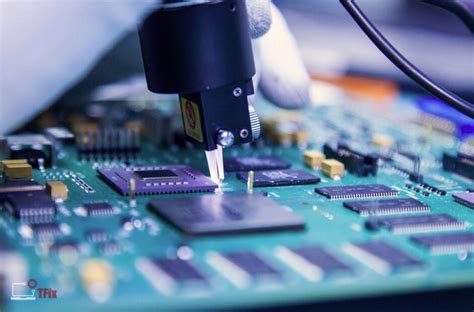
Emerging Technologies Transforming SMT Assembly Processes
The landscape of SMT assembly is undergoing a remarkable transformation, driven by the integration of cutting-edge technologies that are reshaping the way pcb assembly and pcba are conducted. One significant advancement is the introduction of high-speed, precision machinery that enhances the placement of components on printed circuit boards (PCBs), leading to better alignment and reduced defect rates. Intelligent automation systems equipped with artificial intelligence and machine learning algorithms play a crucial role in optimizing production lines, enabling manufacturers to monitor processes in real-time and adjust parameters for maximum efficiency.
Additionally, innovative vision systems have been developed that utilize advanced imaging technologies to verify the positioning of components during assembly. This not only increases accuracy but also minimizes waste by quickly identifying errors before they escalate into larger issues. The incorporation of IoT devices into SMT processes fosters interconnectivity, allowing for seamless data exchange across machinery and enhancing overall operational transparency.
Furthermore, the use of advanced materials in pcb assembly is another exciting development. These materials can withstand harsher environments and provide better thermal conductivity, improving the performance and longevity of electronic products. As a result, modern SMT assembly companies are better equipped to meet consumer demands for high-quality, reliable products while also achieving significant cost reductions.
Overall, these emerging technologies are not just transforming how SMT assembly is approached but are also setting new industry standards for efficiency, cost-effectiveness, and quality in pcba manufacturing. As these innovations continue to evolve, they promise to redefine the future landscape of electronic manufacturing.
Enhancing Efficiency: Automation and Robotics in SMT Assembly
The integration of automation and robotics in SMT assembly processes has revolutionized the landscape of electronic manufacturing, driving significant enhancements in efficiency. Modern SMT assembly companies leverage cutting-edge robotic systems to automate various stages of the PCB assembly process, reducing the need for manual intervention and thereby minimizing human error. The use of robotics allows for rapid placement of components onto printed circuit boards (PCBs), ensuring high precision and consistency. Moreover, these technologies enable faster production cycles, ultimately leading to quicker turnaround times for customers.
Incorporating advanced sensors and machine learning algorithms, automated systems can also adapt to changes in the production environment, optimizing throughput based on real-time data analysis. As a result, these innovations significantly lower operational costs by decreasing labor expenses and maximizing resource utilization. Additionally, with the ability to gather extensive data during the PCBA process, manufacturers can identify bottlenecks and implement corrective measures more effectively. This synergy between automation and data analytics not only streamlines operations but also enhances overall product quality—a critical factor in maintaining competitive advantage in today’s manufacturing landscape.
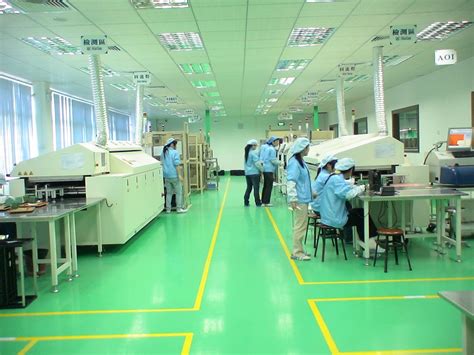
Cost Reduction Strategies in Modern SMT Assembly Companies
In the competitive landscape of SMT assembly companies, implementing effective cost reduction strategies is paramount for maintaining a sustainable edge in the industry. One of the most impactful methods is the adoption of lean manufacturing principles, which focus on minimizing waste and maximizing value. By streamlining processes, these companies can enhance efficiency and significantly reduce operational costs associated with pcb assembly. Moreover, investing in advanced equipment such as automated pick-and-place machines not only increases throughput but also lowers labor costs, thus contributing to a more cost-effective production cycle for pcba. Additionally, leveraging strategic supplier partnerships can result in bulk purchasing discounts and improved material quality, directly impacting the bottom line. Implementing real-time monitoring systems allows for the swift identification of inefficiencies within the assembly line, enabling timely interventions that prevent costly delays. Overall, these strategies not only optimize resource allocation but also foster a culture of continuous improvement, essential for thriving in today’s fast-paced market environment.
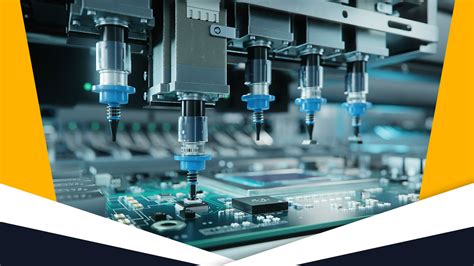
Quality Assurance Innovations in SMT Assembly Systems
In the fast-evolving world of SMT assembly, ensuring quality throughout the manufacturing process has become more critical than ever. Innovative quality assurance systems are emerging, utilizing cutting-edge technologies to monitor and enhance the integrity of pcb assembly processes. One prominent advancement is the integration of real-time optical inspection systems, which enables immediate detection of defects on pcba units during production. This technology not only reduces waste but also enhances overall product reliability.
Additionally, the use of machine learning algorithms has revolutionized how quality data is analyzed. These algorithms can identify patterns and trends over time, leading to proactive measures that minimize errors before they occur. Moreover, employing traceability solutions allows manufacturers to track each component throughout its journey, ensuring that every piece meets stringent standards.
Another noteworthy innovation is the incorporation of augmented reality (AR) in training staff on best practices for quality assurance. This immersive technology enhances understanding and retention of quality protocols, leading to more proficient personnel. As these quality assurance innovations continue to shape SMT assembly systems, they promise not only to enhance efficiency but also to solidify customer trust in electronic manufacturing products. With these advancements, SMT assembly companies are setting new benchmarks for excellence in quality and operational efficiency, ultimately propelling the industry into a more reliable future.

The Role of Data Analytics in Optimizing SMT Assembly Operations
In the fast-paced world of SMT assembly, the utilization of data analytics has emerged as a pivotal factor in enhancing operational efficiency. By harnessing vast amounts of data generated during the pcb assembly process, companies can identify trends, monitor performance, and make informed decisions that drive continuous improvement. For instance, advanced analytics can pinpoint areas where bottlenecks occur in the production line, allowing for adjustments that increase throughput without compromising quality. Moreover, predictive analytics can forecast potential equipment failures before they occur, reducing downtime and maintenance costs.
Employing data-driven insights not only streamlines workflows but also improves the overall quality of pcba (Printed Circuit Board Assembly). By analyzing inspection data and feedback loops from previous runs, manufacturers can refine their processes to reduce defects and enhance yield rates. This focus on quality assurance ensures that each step in the assembly process meets stringent standards and customer expectations.
“Data is not just numbers; it’s a guide that leads us to operational excellence.”
As companies continue to integrate IoT devices and machine learning algorithms into their SMT operations, real-time data analytics will play an even more vital role. The ability to react instantaneously to production anomalies is critical for maintaining competitive advantages in a crowded marketplace. In conclusion, implementing a robust data analytics strategy within SMT assembly lines is essential for optimizing performance and ensuring high-standard outputs in an ever-evolving electronic manufacturing landscape.
Sustainability Trends in SMT Assembly Practices
The growing emphasis on sustainability within the electronics manufacturing sector is reshaping SMT assembly practices. Companies are now prioritizing eco-friendly methods to reduce their environmental impact while maintaining high standards of quality. One notable trend is the shift towards using lead-free solder in PCB assembly, which not only complies with global regulations but also supports cleaner production processes. Additionally, manufacturers are adopting energy-efficient machinery and optimizing operational workflows to minimize waste and consumption. The introduction of recyclable materials in the production of printed circuit boards (PCBA) has further complemented these efforts, ensuring that products can be disposed of responsibly at the end of their life cycle. By integrating sustainable practices into their operations, SMT assembly companies are not only enhancing their brand image but also contributing to a greener future for the electronics industry as a whole. This commitment to sustainability reflects an evolving understanding that profitability can coexist with environmental responsibility, ultimately leading to more resilient supply chains and long-term success in the marketplace.
Future Outlook: The Next Wave of Innovations in SMT Assembly Companies
As the electronic manufacturing landscape evolves, SMT assembly companies are poised for a transformative shift driven by groundbreaking innovations. With the increasing complexity of printed circuit board (PCB) assemblies, companies are adopting advanced technologies that not only enhance efficiency but also promote agile manufacturing processes. Emerging developments in automation and robotics are significant contributors to this trend, enabling companies to streamline operations and reduce human error, which is critical for maintaining high-quality standards in PCBA.
Furthermore, the integration of data analytics allows for real-time monitoring and optimization of production lines, ensuring that any potential bottlenecks can be addressed promptly. Such proactive management enhances productivity and drives down costs significantly. Additionally, sustainability practices are gaining momentum as SMT assembly companies work towards minimizing their environmental footprint without compromising quality. By prioritizing energy-efficient equipment and eco-friendly materials in their PCB assembly processes, businesses can not only meet regulatory demands but also appeal to a growing market of environmentally conscious consumers.
Looking ahead, as industries gravitate towards Industry 4.0 principles, the continuous innovation in SMT assembly technologies will likely shape the future landscape of electronic manufacturing significantly. The convergence of AI, machine learning, and IoT is expected to further revolutionize how components are manufactured and assembled, paving the way for smarter production methodologies that emphasize adaptability and quality assurance in PCB assembly operations.
Conclusion
In summary, the advancements in SMT assembly companies have drastically transformed the landscape of electronic manufacturing. The integration of cutting-edge technologies has led to enhanced pcb assembly processes, where automation and robotics play pivotal roles in ensuring precision and consistency. These innovations not only streamline operations but also support significant cost reductions. Moreover, the emergence of robust quality assurance systems has enabled companies to elevate their standards, ensuring that every PCBA meets rigorous quality benchmarks. The utilization of data analytics further empowers these companies to refine their operational strategies, driving efficiency and effectiveness. As the industry continues to evolve, a clear trend towards sustainability will catalyze new practices that align with global environmental goals. The future of SMT assembly holds promising avenues for innovation, positioning it as a critical component in the advancement of the electronics sector.
FAQs
What is SMT assembly?
SMT assembly, or Surface Mount Technology assembly, refers to the process of mounting electronic components directly onto the surface of a printed circuit board (PCB). This approach is essential in pcb assembly processes, as it enables high-density assemblies and contributes to the overall efficiency of electronic manufacturing.
Why are automation and robotics important in SMT assembly?
Automation and robotics play a critical role in enhancing productivity within SMT assembly companies. By automating repetitive tasks, companies can reduce labor costs, minimize human error, and achieve faster production cycles. This leads to more reliable pcba (printed circuit board assembly) results and improved overall quality.
How can data analytics improve SMT assembly operations?
Data analytics helps streamline processes by identifying inefficiencies within the pcb assembly pipeline. By leveraging data, companies can make informed decisions that optimize operations, ensuring higher throughput rates while maintaining quality.
What technologies are currently transforming SMT assembly?
Innovative technologies such as advanced pick-and-place machines, laser photolithography systems, and vision inspection systems are revolutionizing SMT assembly processes. These advancements enable companies to enhance their capabilities significantly, improving both efficiency and product quality.
What sustainability trends are emerging in SMT practices?
As the focus on sustainability increases, many SMT assembly companies are adopting eco-friendly practices. These include using lead-free solder materials, reducing waste through efficient manufacturing processes, and investing in energy-efficient technologies that lower overall environmental impact.
For more information on PCB Assembly Solutions
For detailed insights on cutting-edge solutions for pcb assembly, please click here.

